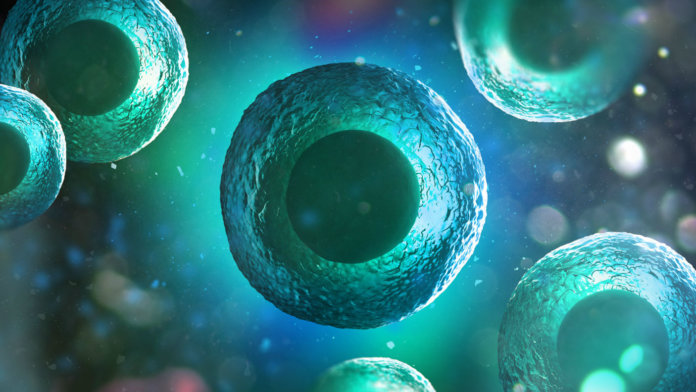Growing organs in the lab is an enduring sci-fi trope, but as stem cell technology brings it ever closer to reality, scientists are beginning to contemplate the ethics governing disembodied human tissue.
So-called organoids have now been created from gut, kidney, pancreas, liver and even brain tissue. Growing these mini-organs has been made possible by advances in stem cell technology and the development of 3D support matrices that allow cells to develop just like they would in vivo.
Unlike simple tissue cultures, they exhibit important structural and functional properties of organs, and many believe they could dramatically accelerate research into human development and disease.
For developmental biologists, these structures offer unprecedented insight into how cells self-organize to become organs. For those developing drugs, they provide a far more nuanced understanding of how the human body will react to certain compounds and could potentially reduce the need for research on animals or risky early trials on human volunteers.
Organoids grown from a patient’s stem cells could be used to repair damaged organs or personalize their treatment by testing how they react to different drugs. Earlier this year, a Dutch university spin-out partnered with an insurance company to launch a €3 million trial into using organoids to determine patients’ responses to new cystic fibrosis drugs.
On the face of it, it’s hard to see the downsides, but a review of the field published in Science last week highlights that things may not be as clear-cut as they seem. For a start, the authors point out that organoids are unlikely to do away with human and animal testing.
They still fail to replicate important features of real organs, such as blood vessels, nerves and immune cells, and also can’t replicate the interactions between organs that a body, animal or human would. A DARPA-funded “body-on-a-chip” could solve the latter problem by connecting organoids with a blood substitute, but the approach is still experimental.
It may make it harder to justify animal research, shifting the onus onto researchers to justify why they need to test on animals rather than organoids. And as organoids can be grown from organ-specific adult stem cells and induced pluripotent cells—adult cells that have been reprogrammed into stem cells—they could reduce the need for controversial experiments on embryonic and fetal tissue.
In the short term, though, the technology could actually lead to an increase in the use of human embryonic material, the researchers say. Currently, many organoid approaches rely on embryonic stem cells. In addition, validating organoid models will most likely require comparison to gold standard embryonic stem cell models.
If the technology takes off and is put to use for precision medicine, the lines between research and medical care may also start to blur, which may put a strain on current approaches to ethical review and have broad implications for which medicines insurance providers should cover.
Maintaining a steady supply of organoids for both medicine and research will require the creation of biobanks stocked with donated tissue, which will raise complicated challenges regarding donor consent and ownership.
It is not yet clear what patients’ attitudes towards organoids grown from their tissue will be and what they will be prepared to let happen to them. The authors also point out that for many, organoids may not be a morally neutral alternative to embryos.
An editorial in Nature points out that there will be pressure to ensure these kinds of self-organizing tissues provide the best developmental model possible. But in the extreme, this drive could lead to complete human embryos engineered from pluripotent stem cells. No embryonic material was used in its creation, but is it materially different from a human embryo?
There are many shades of gray in between. Work on mini-brains has delivered organoids that spontaneously generate electrical activity, producing brain waves. You would be hard pressed to convince anyone they were thinking as we understand it, but as these technologies get more advanced, where do you draw the line?
It’s hard to say exactly when a collection of cells becomes a living being and what the ethical implications are as you near this demarcation. As the author of the Neuroskeptic column in Discover puts it, “The funny thing is, doing this kind of research is probably the only way we’ll ever work out whether it’s ethical or not.”
Image Credit: Andrii Vodolazhskyi / Shutterstock.com



